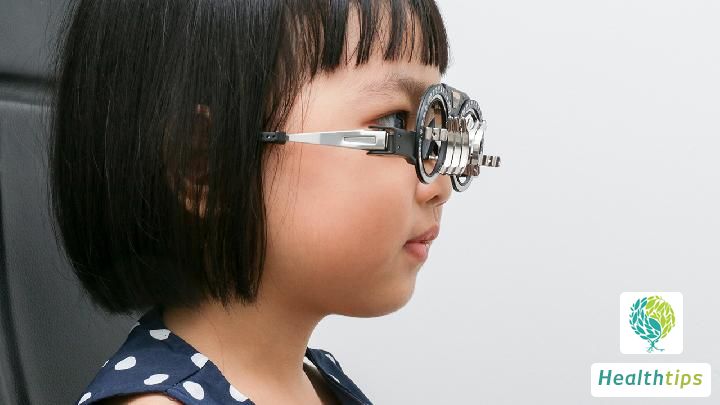"Inquiring about Femtosecond Laser Surgery for Nearsightedness: What You Need to Know"
Myopia and Femtosecond Laser Surgery
Myopia, a prevalent vision issue in contemporary society, not only impacts daily life but also potentially influences career choices and mental well-being. With advancements in medical technology, femtosecond laser surgery emerged as a safe and effective solution for myopia patients. This technology employs ultra-short pulsed lasers to precisely sculpt corneal tissue, altering its curvature and thus correcting vision.

Femtosecond Laser Surgery for Myopia
1. Surgical Principle
Femtosecond laser surgery utilizes computer-controlled, high-precision laser equipment to emit ultra-short (femtosecond-scale) pulsed lasers for minimally invasive corneal cutting. During the procedure, a small lenticular tissue flap is created on the cornea, which is then either removed or repositioned through a tiny incision, modifying the corneal refractive state to correct myopia.
2. Surgical Advantages
- High Precision: Femtosecond laser technology achieves micron-level accuracy, significantly reducing surgical risks.
- Low Trauma: Small incision size leads to rapid postoperative recovery, minimizing patient discomfort.
- Wide Applicability: Suitable for patients with various degrees of myopia and corneal conditions.
- Predictable Outcomes: Stable postoperative vision with high predictability and patient satisfaction.
3. Preoperative Preparation
- Comprehensive Examination: Includes vision, intraocular pressure, corneal thickness, and corneal curvature to ensure eligibility.
- Contact Lens Discontinuation: Patients must abstain from wearing contact lenses for a period to restore corneal natural state.
- Psychological Preparation: Patients should fully understand the procedure and prepare mentally to avoid anxiety affecting outcomes.
4. Surgical Procedure
The surgery is typically performed under local anesthesia, requiring patients to keep their heads still. The doctor uses femtosecond laser equipment to create a micro-flap on the cornea, which is then removed or repositioned. The entire process is brief and painless. Postoperatively, antibiotics and anti-inflammatory eye drops are administered to prevent infection and promote healing.
5. Postoperative Care
- Medication Adherence: Follow doctor's instructions for antibiotic and anti-inflammatory eye drops to prevent infection.
- Avoid Rubbing Eyes: Prevent rubbing eyes for a period to avoid corneal damage.
- Regular Follow-ups: Schedule regular check-ups for the doctor to monitor recovery and adjust treatment plans.
- Eye Hygiene: Maintain good visual habits, avoid prolonged close-up work, and prevent myopia recurrence.
Risks of Femtosecond Laser Surgery for Myopia
- Eye Cleanliness: Avoid rubbing eyes and water splashes, especially within the first week. Clean eyes gently with a damp, clean cloth.
- Moderate Eye Use: Limit close-up activities like reading, computer, or phone use for the first week. Gradually increase usage based on recovery, taking breaks every 30 minutes.
- Avoid Irritants: Stay away from facial cleansers and shampoos for a week to prevent eye irritation.
- No Strenuous Activities: Avoid contact sports like football or basketball for a month. Avoid swimming or diving for 6 months.
Femtosecond laser surgery for myopia offers unprecedented visual clarity due to its unique advantages. However, surgical success hinges on the doctor's skill, patient's preoperative preparation, postoperative care, and visual habits. Choosing a reputable hospital, thoroughly preparing, strictly adhering to postoperative instructions, and maintaining good eye habits are crucial for ensuring surgical success and long-term vision stability. This information is for reference only. Consult a specialist promptly for any concerns.



















